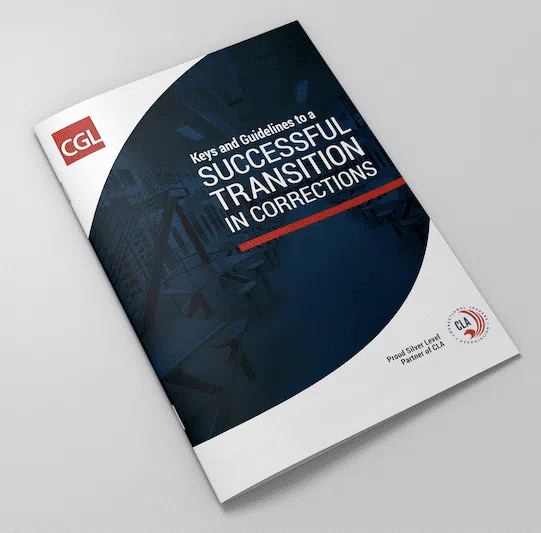
Uber Confessions: Correctional Outcomes in Transition
From the convention center in San Antonio to the airport is a 15-minute ride in normal traffic conditions. While this isn’t long enough to really have an in-depth discussion on any topic, it’s at least enough time to hear what’s on the mind of one member of the community.
I don’t always engage an Uber driver in conversation, but since I find most drivers willing or wanting to talk, I did have a conversation after leaving the American Correctional Association’s (ACA) winter conference in San Antonio this past January.
Once we quickly progressed through the “what brings you to San Antonio” prerequisite to discourse and he learned that I had something to do with people in prison, the pace of the commentary quickened since there was little traffic and this would be a relatively short trip. After a few comments, opinions and questions on why the prison (and many jail) populations are declining, we focused on inmates and not the spaces that hold them.
I did not ask if he might have ever heard the gears of a sliding door from the inside or even if he knew anyone incarcerated. Some things, you don’t even ask your Uber driver. Most of my comments regarding why the U.S. (and many Western countries) have experienced a decline in incarceration was a recent realization that during the time incarcerated, an inmate is supposed to be prepared for a successful re-entry back into the community without future re-offenses. I sensed by the tone of his questions, a certain empathy with both the keepers and the captured that was refreshing.
After a tumultuous 18 months and the inauguration of a new U.S. President barely a week old, empathy had been on my mind. From those on the “winning” side, there has been concern that the “losing” side never really understood the anger among those who saw their lifelong employment disappear to other countries or to robots. Those on the losing side were having problems understanding why the winners could not feel their fear of potential deportation, loss of health care and a greater racial disparity. Where’s the empathy for the feelings of those with whom we might disagree that has defined America and guided our actions at home and abroad for generations?
I get it that not everyone might share this Uber driver’s empathy for inmates who have broken laws that keep our society safe and civilized. But the more we spoke on what happens after they return to their community following incarceration, the more our stories emphasized that the missing ingredient in the current formula was empathy. Rightly so, most of our empathy has been directed towards the victims, but the underpinning of restorative justice is the reduction of harm, so the net should be a wide one. Until we can personalize the consequences of crime, no one will own the idea of reducing re-offending.
In a recent article in The New York Times about Against Empathy: The Call for Radical Compassion, a new book by Yale Psychology Professor Paul Bloom, it suggested that “compassion is more likely to activate in the face of one sad story than on the scale of human tragedy.”
The tragic scene of the 3-year-old refugee boy who washed ashore in Greece did more to heighten our awareness of the Syrian refugee tragedy than all the pictures of camps and food drops. Personalizing a condition can be critical to the empathy-compassion-action process.
Most often, the challenge of personalizing the difficulties of being incarcerated falls to correctional leaders for which the ACA is a source of information and encouragement. As a result of last fall’s elections, 19 new state correctional administrators assumed agency leadership, and all will assume this awesome responsibility with a declining budget, retiring senior leadership and aging facilities.
Since state correctional directors, as with jail administrators, answer to a higher power, the implementation of strategies, plans and facilities that focus on re-entry and reduction of reoffending may not be the first priority. But as consumers of the results of incarceration, the community — meaning all of us — has to change the priorities. Study after study indicates that the cost of incarceration is only a fraction of the total cost to the consumers, so reduction of re-offending should be a call for all.
This is why developing empathy for the correctional community in its broadest definition is essential to moving towards compassion for responsible change with actions that will improve outcomes.
Compassionate corrections leaders and the community are best when they are able to translate empathy into action or else empathy, according to The New York Times article, is only a strategy for avoiding responsibility. For all the good that conferences like the ACA do for those of us in the broad correctional community, I recognize that one of the takeaways must always be a thoughtful consideration of whether the empathy I feel for staff and inmates is for their wellbeing, or mine.
So, listen to your Uber driver, and enjoy the journey.
***
This article originally appeared in the March/April 2017 issue of Correctional News Magazine




